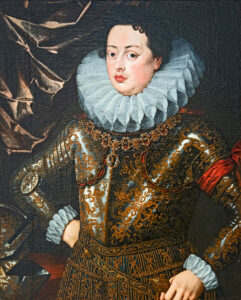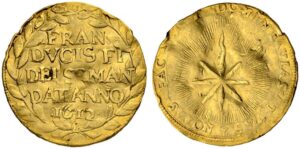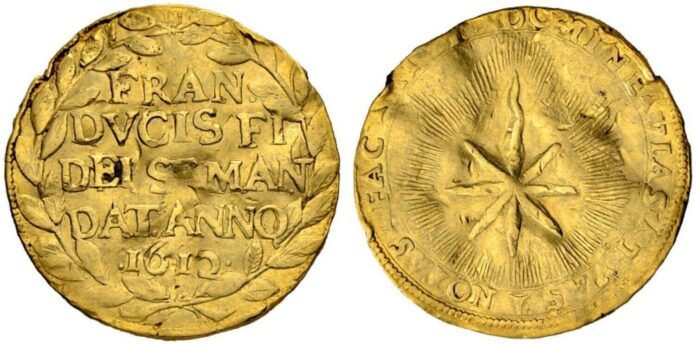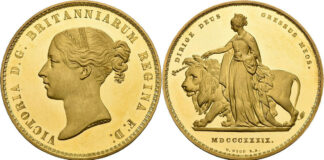There are some kings, dukes and also clergymen known in history whose regency only lasted for a few days, weeks or months until they were either dismissed or killed, and who therefore only left behind little to no numismatic traces.
In extreme cases, the mere fact that a ruler even existed as a small cog in history has only become known due to a few singular preserved coins – if it wasn’t for those, we wouldn’t know anything about these people at all.
Let me cite two famous examples:

Due to no more than 2 known coins, we are aware of the existence of Domitianus, a Roman usurper from the dissident province of Galliarum which consisted of Gaul and Britannia. Otherwise, his rule of presumably only a few days in the year of 271 AD would probably have gone completely unknown.
About the Anglo-Saxon Rædwulf, too, we know barely anything, except for the fact that he must have been king of North Umbria for a couple of months around 858 AD – thanks to a brass-like coin with very low silver content, called styca, of which only about 80 specimens have been preserved.

Mantua in Italy had been led by the important Gonzaga family since the 14th century. From 1530 onwards, they held titles as dukes, and Mantua was therefore a direct territory of the Habsburg Empire. On 18 February, 1612, Duke Vincenzo I Gonzaga died after almost 25 years of ruling. He was succeeded by his eldest son, Francesco IV Gonzaga, who at the time was only 26 years old. Francesco IV had been married to Margaret of Savoy since 1608 and had three children with her: Maria Gonzaga (*1609 †1660), who would later become an eminent figure, Luigi Gonzaga (*1611 †1612) and Eleonora Gonzaga (* and †1612).
Duke Francesco IV Gonzaga didn’t leave many historical traces, for lack of time it seems. He had to live through the deaths of his son Luigi on 3 August, 1612, and his daughter Eleonora, who died the day after her birth on 13 September. Shortly after, the young duke himself fell ill with smallpox, and died on 22 December, 1612. Since there was no male descendant left, his younger brother Ferdinando took over the Gonzaga heritage and the duchy.
It is easily understandable that, given such dramatic family circumstances, only few coins of Francesco have been preserved, to be considered mostly representation coins. Alberto Varesi, under nos. 560-569 in Monete italiane regionali [Lombardia, zecche minori], mentions only 10 known denominations of this ruler: 3 gold coins and 7 silver coins, whereby collectors only have a chance of ever getting a hold of the lira without year and 1612 and a 10 soldi 1612; most of the other coins exist only once or twice each and will most likely never appear on the market. But now, one new item can be added to this short list.

In its spring auction, Sincona AG is auctioning off, under lot number 633, a ducat 1612, previously altogether unknown, from Duke Francesco IV Gonzaga. The prominent numismatist Lorenzo Bellesia was the first to be able to publish the gold coin in the name of Sincona, under the title of “Un inedito Ducato doro di Francesco IV Gonzaga, Duca di Mantova”, in: Panorama Numismatico, 3/2019.
It does happen every once in a while in Italian numismatics that new coins are discovered. But the fact that a gold coin resurfaces after more than 400 years can very well be described as a small sensation.
This link takes you directly to Sincona Auction 54.
It goes without saying that we have also published an auction preview for Sincona, which you can read here.




